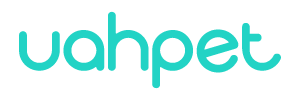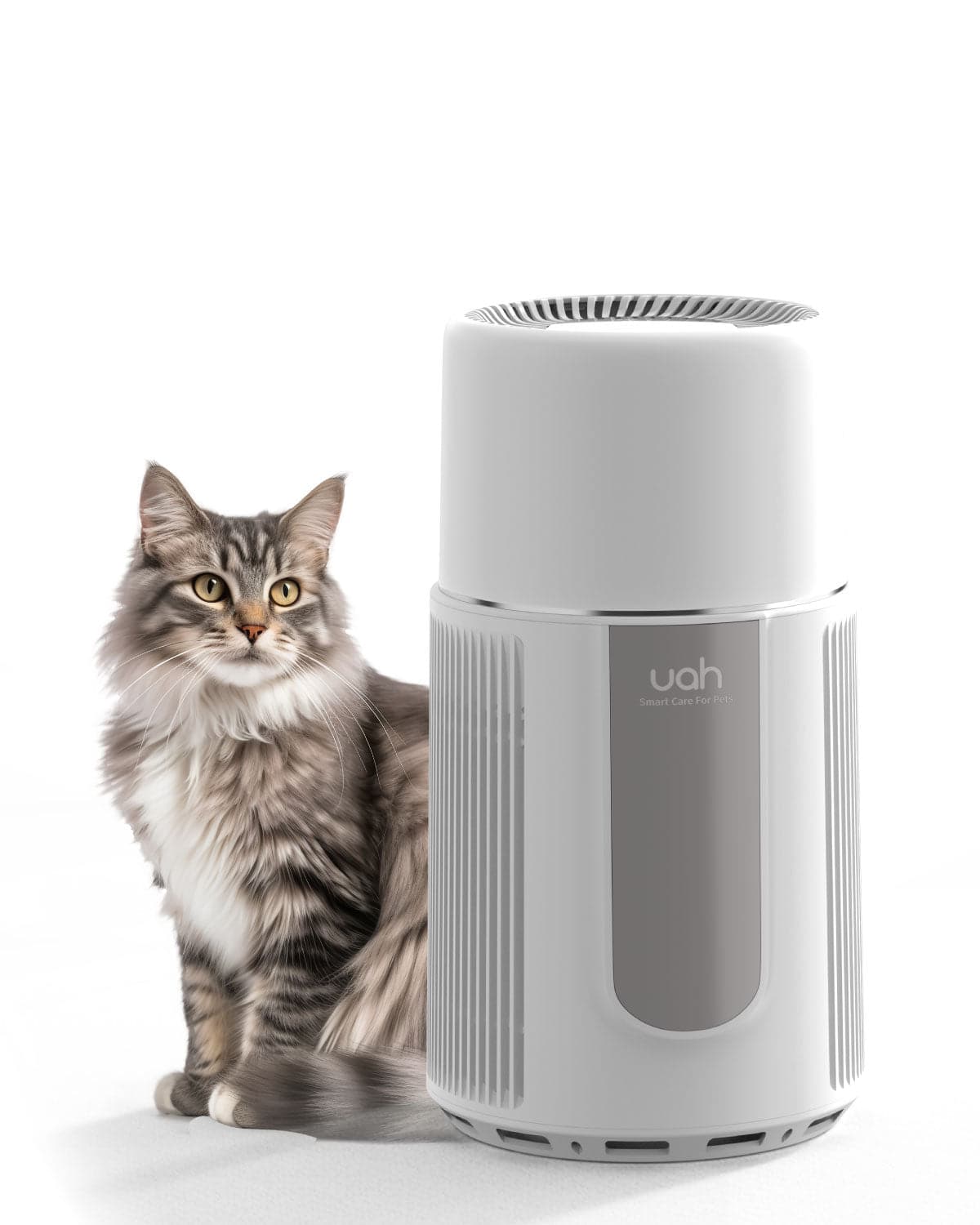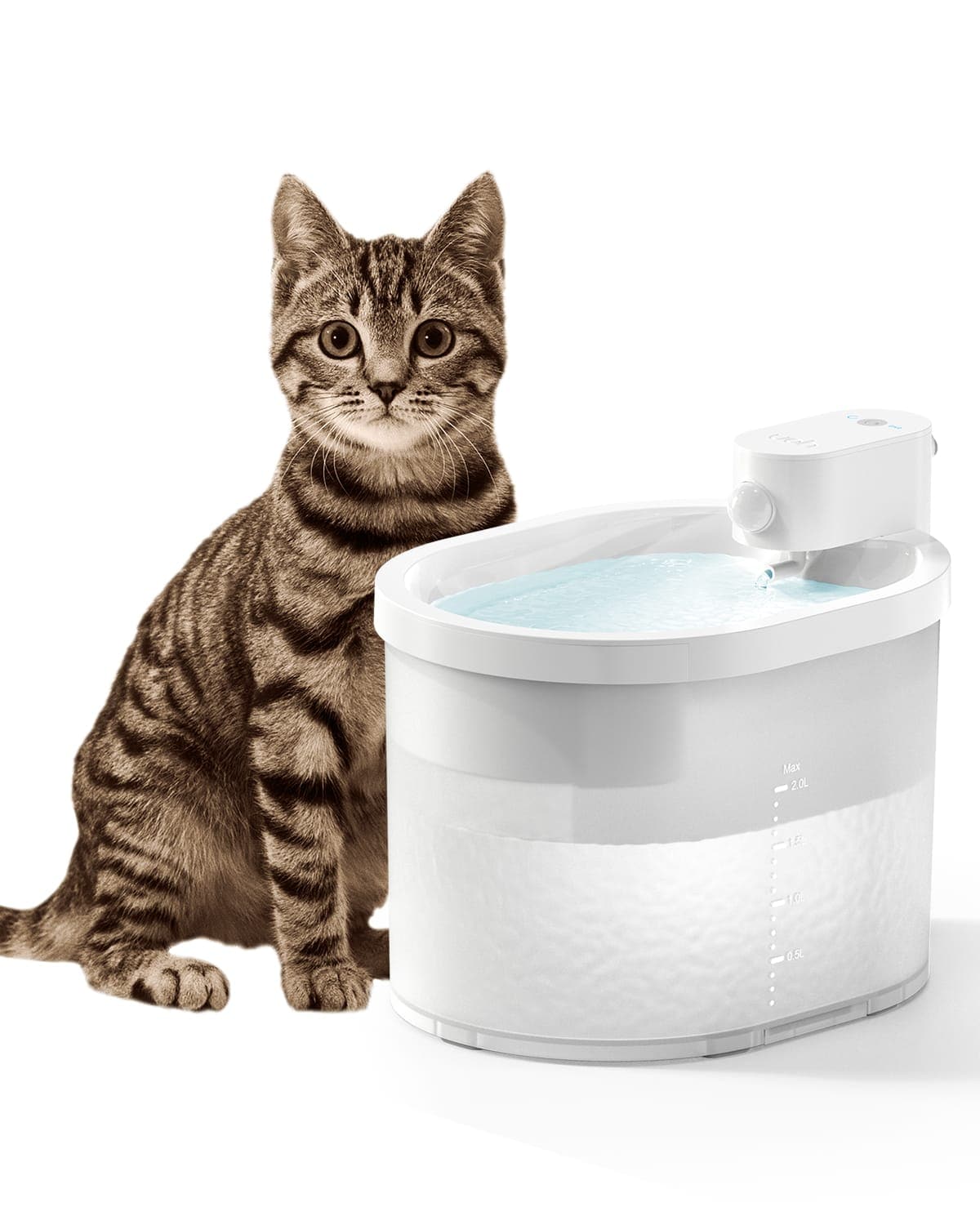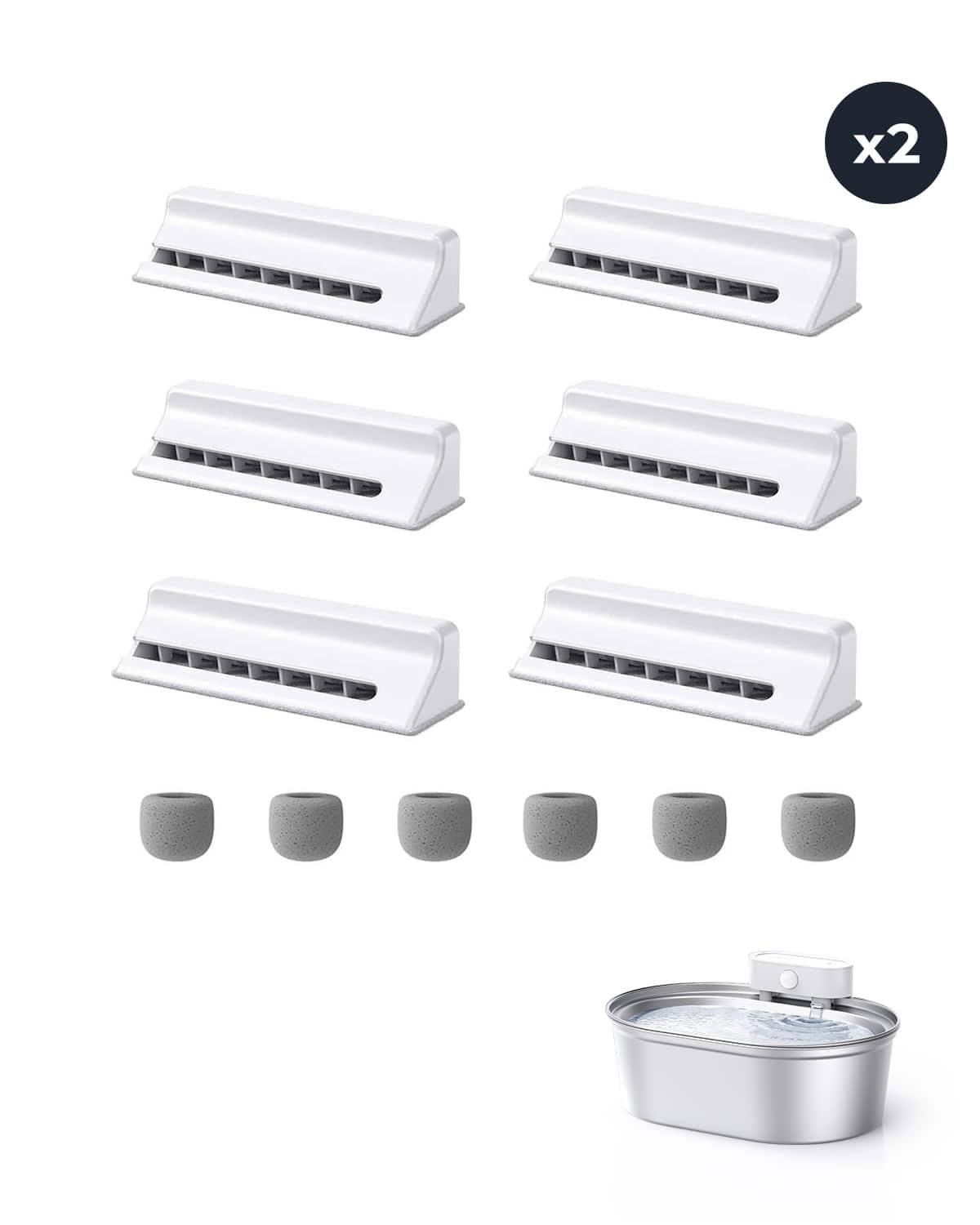As a dedicated cat owner, you're always looking for ways to enhance your feline friend's well-being. One topic that often comes up in the pet community is the use of elevated bowls for feeding. Do cats need elevated bowls? And if so, are elevated bowls better for cats? In this article, we'll explore these questions in depth to help you make an informed decision for your pet.

Understanding a Cat's Natural Eating Posture
In the wild, cats are predators that often consume their prey on the ground. However, the way domestic cats eat can differ significantly from their wild counterparts due to the use of bowls and the indoor environment. The posture a cat adopts while eating can have implications for their digestion and overall comfort.
Do Cats Need Elevated Bowls?
The necessity of elevated bowls for cats isn't a one-size-fits-all answer. While not all cats require them, many can benefit from the use of raised feeding dishes. Here are some reasons why:
1. Improved Digestion: Elevating the food bowl can promote a more natural alignment of your cat's digestive tract. This can facilitate smoother swallowing and reduce the likelihood of vomiting after meals.
2. Reduced Neck Strain: Bending down to eat from a bowl on the floor can put strain on a cat's neck and spine, especially in older or arthritic cats. An elevated bowl brings the food to mouth level, making it more comfortable to eat.
3. Joint Health: For senior cats or those with mobility issues, lowering their heads to the ground can be uncomfortable or even painful. Elevated bowls can alleviate stress on joints and bones.
4. Hygiene Benefits: Keeping the food bowl off the ground can reduce the amount of dust, dirt, and pet hair that may settle into your cat's food or water.
Are Elevated Bowls Better for Cats?
Considering the potential benefits, many pet owners find that elevated bowls are better for their cats. Here’s why:
- Prevents Whisker Fatigue: Cats have sensitive whiskers that can become overstimulated when pressed against the sides of a deep bowl. Elevated bowls are often designed to be wider and shallower, preventing this discomfort.
- Helps with Megaesophagus: Cats with certain medical conditions like megaesophagus benefit significantly from elevated feeding positions, as it helps food travel down to the stomach more easily.
- Cleaner Eating Area: Elevated bowls can minimize the mess by reducing the likelihood of food spilling onto the floor, making cleanup easier for you.
Factors to Consider When Choosing an Elevated Bowl
If you're contemplating switching to an elevated bowl, keep the following factors in mind:
- Height of the Bowl: The bowl should be at a height where your cat can eat comfortably without stretching upwards or bending down too much. Generally, the bowl should be level with your cat's chest.
- Bowl Material: Choose durable and easy-to-clean materials to avoid bacterial growth, such as melamine.
- Stability: Ensure the elevated bowl stand is sturdy and won't tip over during feeding.

Introducing Elevated Bowls to Your Cat
Transitioning to an elevated bowl should be done thoughtfully to ensure your cat adapts well:
1. Gradual Introduction: Start by placing the elevated bowl next to your cat's regular bowl. Allow your cat to investigate and become comfortable with the new setup.
2. Monitor Feeding: Observe your cat during feeding times to ensure they're comfortable with the new bowl height.
3. Adjust if Necessary: If your cat seems hesitant, try adjusting the height or the location of the bowl.
Brief Mention of a Suitable Product
When considering options, products like the Uah Pet Elevated Cat Bowls are designed with ergonomics and cat comfort in mind. The UahPet Elevated Cat Bowls, made from durable melamine, are perfectly sized at 7.6 x 7.6 x 5.6 inches. Rigorously tested to meet OIE international standards, they ensure both quality and safety, making them a top choice for any pet owner.
Consulting with a Veterinarian
Before making significant changes to your cat's feeding routine, it's wise to consult with your veterinarian, especially if your cat has health issues. A professional can provide personalized advice based on your cat's specific needs.
Final Thoughts
So, do cats need elevated bowls? While not an absolute necessity for every feline, elevated bowls can offer numerous health and comfort benefits, particularly for older cats or those with certain medical conditions. Are elevated bowls better for cats? For many, the answer is yes.
By paying attention to your cat's behavior and health, you can determine whether an elevated bowl might improve their quality of life. Remember, every cat is unique, and what works for one may not work for another. Making informed choices ensures that your furry friend stays happy and healthy.
















